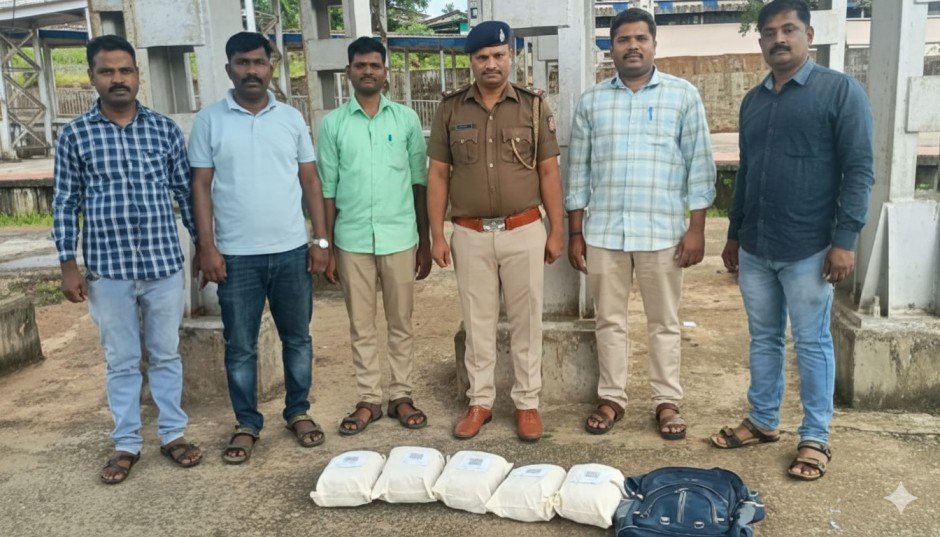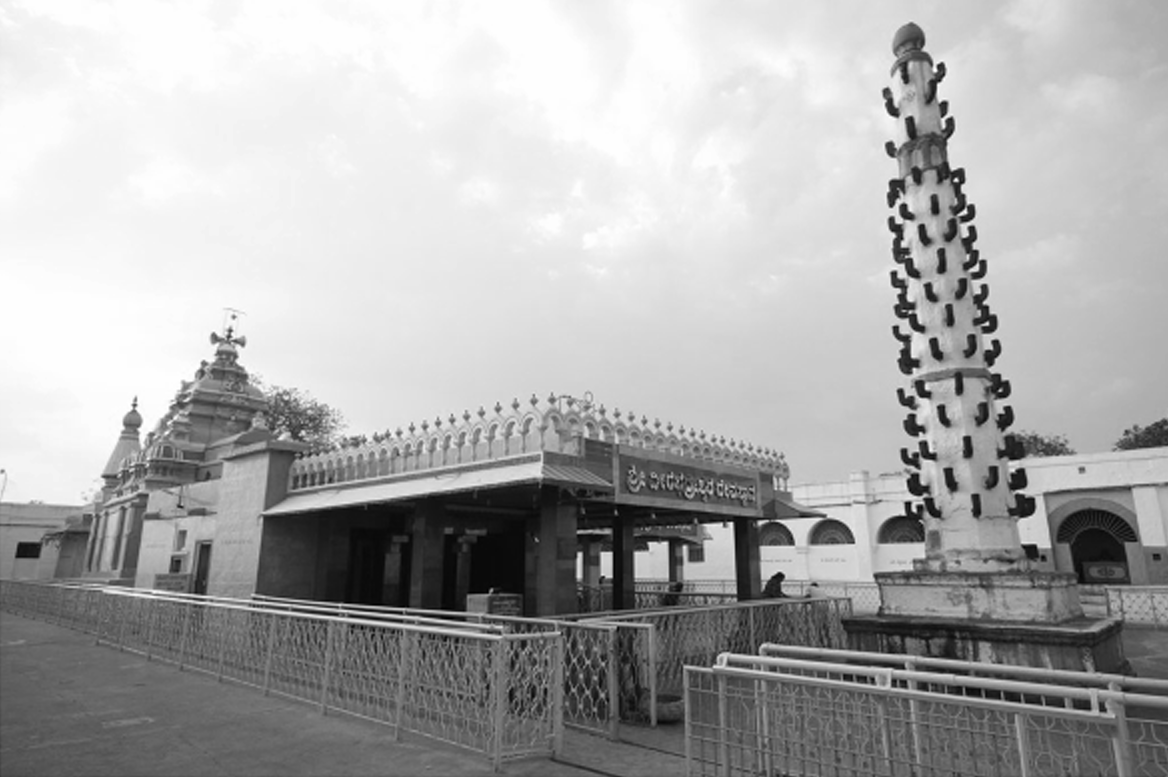

Experience the Divine Power of Shree Halsiddhanath Maharaj at Kurli and Appachiwadi Samadhi
The sacred journey of Shree Halsiddhanath Maharaj begins in the town of Chikodi and unfolds across the tranquil riverbanks of the Chikotra, leading to Kurli and finally to Appachiwadi. When Maharaj first arrived at the flooded Chikotra River en route to Kurli, he found no boatman to ferry him across. Spending the night at Chikhalith, he returned the next morning, and in a divine act that astonished all, threw his woolen blanket (Ghongadi) on the river, sat on it, and floated across the turbulent waters by his spiritual power. Upon reaching Kurli, Maharaj’s presence sanctified the area, and a temple was later built in his honor. He then chose to settle in Appachiwadi, a humble village of serene green fields, ancient tamarind trees, and flowing streams. Attracted by its divine stillness, Maharaj made it his karmabhumi, meditating in secluded caves and guiding people with his compassion, wisdom, and miraculous healing powers.
For Reference: http://shrihalsidhanath.com/appachiwadi-kurli.html
In Appachiwadi, Shree Maharaj became a revered spiritual authority, known for resolving disputes, curing the ill, and radiating divine presence. He was revered as a living saint and godfather to the villagers, his followers swelling in number as word of his miracles spread. In his final days, Maharaj gave darshan to his close devotee Nippanikar Sarkar, blessing him with success in the miraculous restoration of the Shivlingam at the Jyotiba Temple near Kolhapur. Sarkar fulfilled the mission with Maharaj’s grace but unknowingly accepted honor during the celebration, an act Maharaj had cautioned him against. Rushing back to seek forgiveness, Sarkar found that Maharaj had already taken Sanjeevan Samadhi—a conscious, eternal resting state. His samadhi, now known as “Ghumat,” was constructed in a dome-shaped structure due to the Bahamani influence and is worshipped by both Hindu and Muslim devotees alike. Daily offerings include flowers, sandalwood, and camphor, while the traditional naivedya of “ambil,” a millet-based soup once favored by Maharaj, is served as prasadam to all visitors.
Every year, on the auspicious Ashwini Nakshatra, Appachiwadi transforms into a grand spiritual hub as lakhs of devotees gather to celebrate Maharaj’s legacy. A grand palkhi procession winds through the village, filled with farmers, shepherds, and families offering crops, wool, and heartfelt prayers. The temple court, large enough to host thousands, resonates with the thunder of massive drums, symbolizing the divine vibration of “Soham”—Lord Shiva’s eternal sound. Pilgrims also attend the large annual fair where they trade livestock, textiles, and traditional goods, reinforcing the temple’s role as both a spiritual and cultural center. Shree Halsiddhanath Maharaj’s presence continues to live on through this sacred site, where faith, miracles, and timeless devotion draw hearts year after year, offering peace, purpose, and a promise of return.







